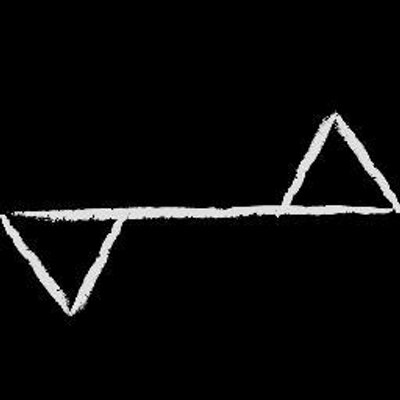'Women Talking is heavy on dialogue but light on any sort of discernible narrative. It’s a “message movie” and, while the message is important, director Sarah Polley hammers it home with a stridency that’s distancing. Too often, the characters don’t seem real. They are mouthpieces for victims of male toxicity in isolated communities. Part of the problem is the theatricality of the production, which seems like it’s the adaptation of a play (it isn’t; it’s an adaptation of a book by Miriam Toews). Another issue is that Polley has elected to desaturate the film’s colors to an extreme degree. Presumably this is to emphasize the drabness of the women’s lives but it calls attention to itself too forcefully.'
The most grating character in Women talking is the male, played by Ben Whishaw. Unlike in other similar movies (Promising Young Woman, Men, Vengeance) where the white male is the villain, here he is an insufferable ally figure, always listening, always saying the necessary platitude, but never developing into a real character. James Beradinelli calls the movie a period piece mumblecore, which is an exciting description. Unfortunately, the mumbling feels fake, as if somebody shoved a book about toxic masculinity in the mouths of Bolivian Mennonite women and then had them spit the words out, like bloody teeth following a viscious attack. Sarah Polley has done and will do better
https://www.reelviews.net/reelviews/women-talking

qantarot / KANTAROT.MK
npub1fy…j3ayw
2023-05-08 14:07:18
Author Public Key
npub1fy542mp9ynaelr4xj708460mh0dessy4mcvjax60yjjxvmp7fv8qzj3aywPublished at
2023-05-08 14:07:18Event JSON
{
"id": "0e478dd4bb421034f2e7fa95a669075744b21daeec332483813ea8542fd193ec",
"pubkey": "4929556c2524fb9f8ea6979e7ae9fbbbdb984095de192e9b4f24a4666c3e4b0e",
"created_at": 1683554838,
"kind": 1,
"tags": [],
"content": "'Women Talking is heavy on dialogue but light on any sort of discernible narrative. It’s a “message movie” and, while the message is important, director Sarah Polley hammers it home with a stridency that’s distancing. Too often, the characters don’t seem real. They are mouthpieces for victims of male toxicity in isolated communities. Part of the problem is the theatricality of the production, which seems like it’s the adaptation of a play (it isn’t; it’s an adaptation of a book by Miriam Toews). Another issue is that Polley has elected to desaturate the film’s colors to an extreme degree. Presumably this is to emphasize the drabness of the women’s lives but it calls attention to itself too forcefully.'\n\nThe most grating character in Women talking is the male, played by Ben Whishaw. Unlike in other similar movies (Promising Young Woman, Men, Vengeance) where the white male is the villain, here he is an insufferable ally figure, always listening, always saying the necessary platitude, but never developing into a real character. James Beradinelli calls the movie a period piece mumblecore, which is an exciting description. Unfortunately, the mumbling feels fake, as if somebody shoved a book about toxic masculinity in the mouths of Bolivian Mennonite women and then had them spit the words out, like bloody teeth following a viscious attack. Sarah Polley has done and will do better\n\nhttps://www.reelviews.net/reelviews/women-talking",
"sig": "2babdf3413532a8eb528a385e523e9586949309bc737fb122e901fc07fb05493d142e53b66cb028af02d45172eb5281c628a88fd1cd224bca99d885cdd33f188"
}